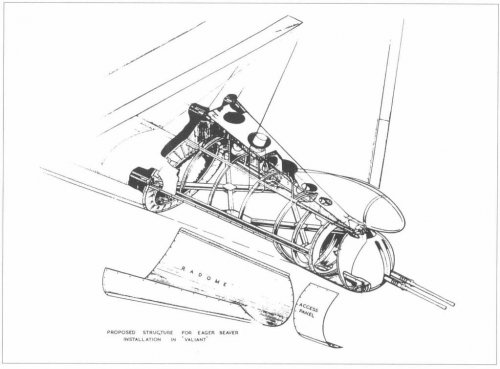Silencer1
That now I am the Ruler of the Queen's Navee!
- Joined
- 3 August 2009
- Messages
- 897
- Reaction score
- 537
Hello!
As it's WW2 informal predecessor, DH Mosquito, Canberra jet bomber has been designed around the idea of using high speed as an alternative to defensive armament.
If I remember correctly, there were some proposals to equip Mosquito with turret for self-defense - of course, not implemented neither in prototype, nor in series production.
Is the Canberra designers somehow studied armament fro rear defense?
It's competitor, Ilyushin Il-28 (as well as other Soviet bombers of that period) has been equipped at least with rear-firing turrets.
So, main question is - is the Canberra more efficient due to it's conception of "defenseless" bomber?
As it's WW2 informal predecessor, DH Mosquito, Canberra jet bomber has been designed around the idea of using high speed as an alternative to defensive armament.
If I remember correctly, there were some proposals to equip Mosquito with turret for self-defense - of course, not implemented neither in prototype, nor in series production.
Is the Canberra designers somehow studied armament fro rear defense?
It's competitor, Ilyushin Il-28 (as well as other Soviet bombers of that period) has been equipped at least with rear-firing turrets.
So, main question is - is the Canberra more efficient due to it's conception of "defenseless" bomber?

